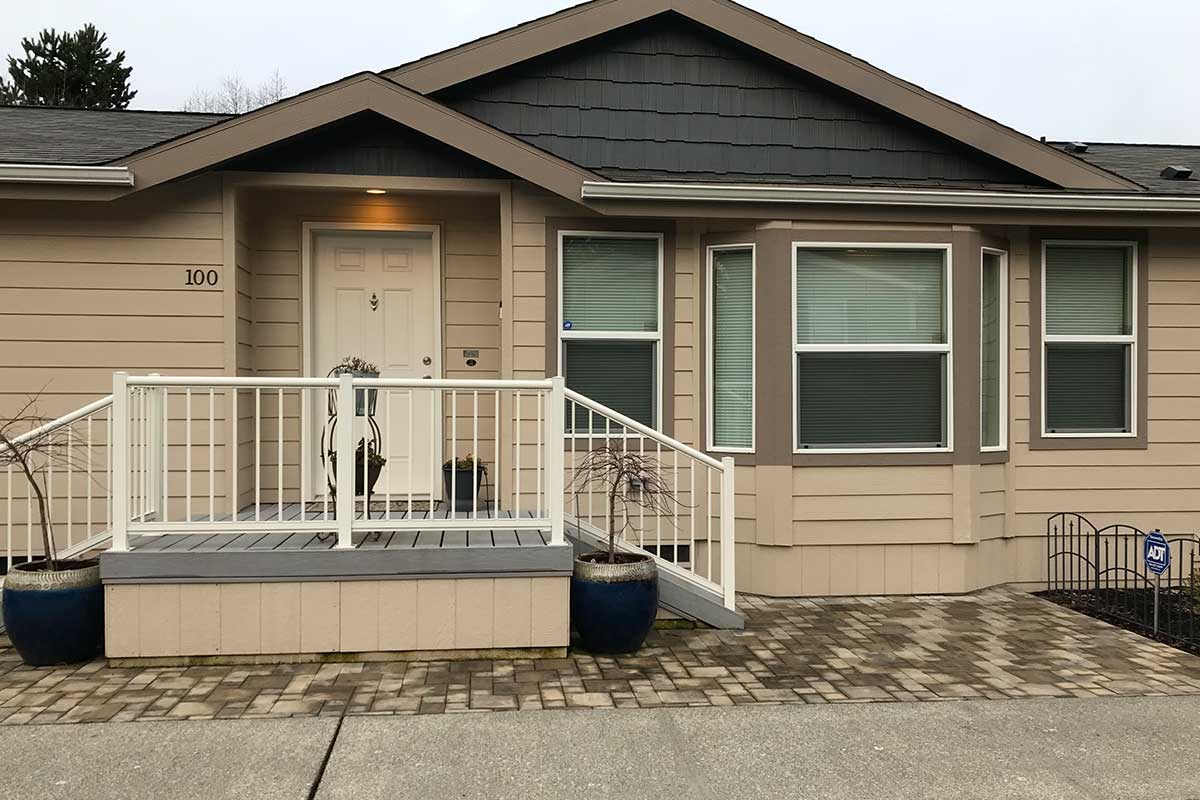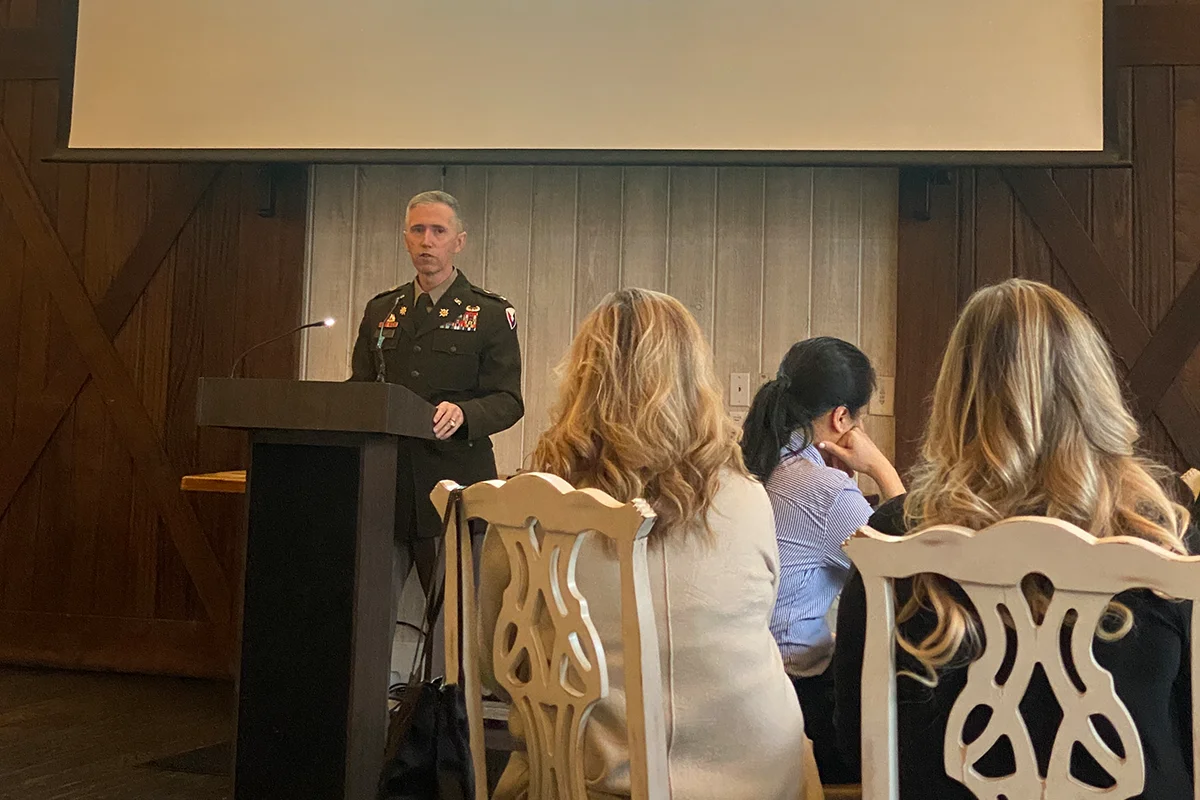Manufactured Housing: An Overview

Manufactured housing grew out of America’s love of cars and camping in the 1920s and evolved, from glorified tents pulled by car, to houses on wheels, to today’s prefabricated homes placed on-site.
Mobile homes were produced until the 1976 Housing and Urban Development (HUD) Manufactured Home Construction and Safety Standard provided for what are now called “manufactured” homes.
The HUD “Code” includes design and construction, body and frame, thermal protection, plumbing, electrical, fire safety, energy efficiency, as well as other standards and requirements. It established a federally regulated national building code specifically for manufactured housing. Homes constructed in accordance with that code are exempt from local building codes and inspections, but are still subject to state laws, local land use and zoning regulations.

According to the 2019 American Housing Survey, approximately 22 million Americans live in manufactured housing. This represents 6% of all American housing stock, with around 3% in urban areas and 14% in rural areas of all housing, according to Fannie Mae. Manufactured housing provides an affordable option for families living year-round and retirees as seasonal residents in second homes in warmer climates (“snowbirds”).
Today’s manufactured home parks are rapidly maturing, becoming more community focused and bringing about a modern look and feel to the old “trailer park” of decades past. These opportunities are attracting more institutional-grade owners and investors for both the need for large sums of capital and providing good returns on investment.
With that opportunity comes two primary stages of risks to be managed. Real Projectives® supports our clients through both the intelligent underwriting of each deal and the challenges of executing on an enhancement plan.
Acquisition Diligence and Planning
As most manufactured housing properties are decades old, we coordinate appropriate diligence efforts, learning as much as possible about existing physical and legal conditions and comparing them to the market of other competitive parks. From that assessment, we determine the scope, priorities and budget necessary to implement the strategic improvements. We make sure that not only are the cosmetic and amenity areas good but dive deeper into areas some might mistakenly underestimate: the utilities, roads, and stormwater management infrastructure.
Infrastructure and utilities are potentially huge risks that need to be evaluated includes elements such as water, sewer, fire protection, and electrical utilities along with storm water management facilities. Some even have on-site well water and sewage treatment requiring physical, operational, and licensing investigation. Furthermore, properties in certain geographies like Florida are often located in or adjacent to flood and tidal zones. Working with knowledgeable legal and engineering consultants, we determine what may be grandfathered under older regulations and what is required and allowed under new regulations.
Additionally, there may be a backlog of deferred maintenance, obsolescence of spaces, and systems demanding attention and dollars. On top of that, current zoning and building codes and flood zone determinations often impact what can be renovated, replaced or added to the existing common buildings and grounds. All challenges that we face with open eyes and creative plans.
If that isn’t enough, the buy and sell climate for manufactured housing is super competitive. A growing number of buyers are searching for limited supply often constrained by jurisdictions that don’t want more manufactured housing projects due to a “trailer-park” stigma. Compounding the economic situation, are complications surrounding negotiating with “Mom & Pop” sellers who may be second or third generation owners. They may have other family who don’t all agree with each other or aren’t that experienced in selling real estate to institutional caliber buyers.
Renovations and Enhancements Management
Generally, the scope of renovations focuses on the enhancement of community that is so important to the residents who live and play in each unique location. One client is trying to push the boundaries and raise the bar of the space a bit. This includes creating first class clubhouses, putting in amenities like pickle ball courts, bocce courts, outdoor patios with firepits.
In addition to performing due diligence services prior to our clients owning an existing manufactured home community, we also develop short- and long-term Capital Expenditures (CapEx) business plans, schedules, and budgets. Then upon taking over the property, we act as owner’s representatives to oversee design and permitting and to procure and manage the vendors and contractors necessary to drive the results to reality, while minimizing impacts to residents and managing the myriad of risks along many months, and sometimes years, of renovations.
In our next Manufactured Housing post, we’ll discuss the intricacies of Program Management.
As an investor or owner in this growing sector, you can rely on our experience, knowledge, expertise, and ambition to drive your Manufactured Housing project or portfolio to success. Contact us today to start a conversation.


